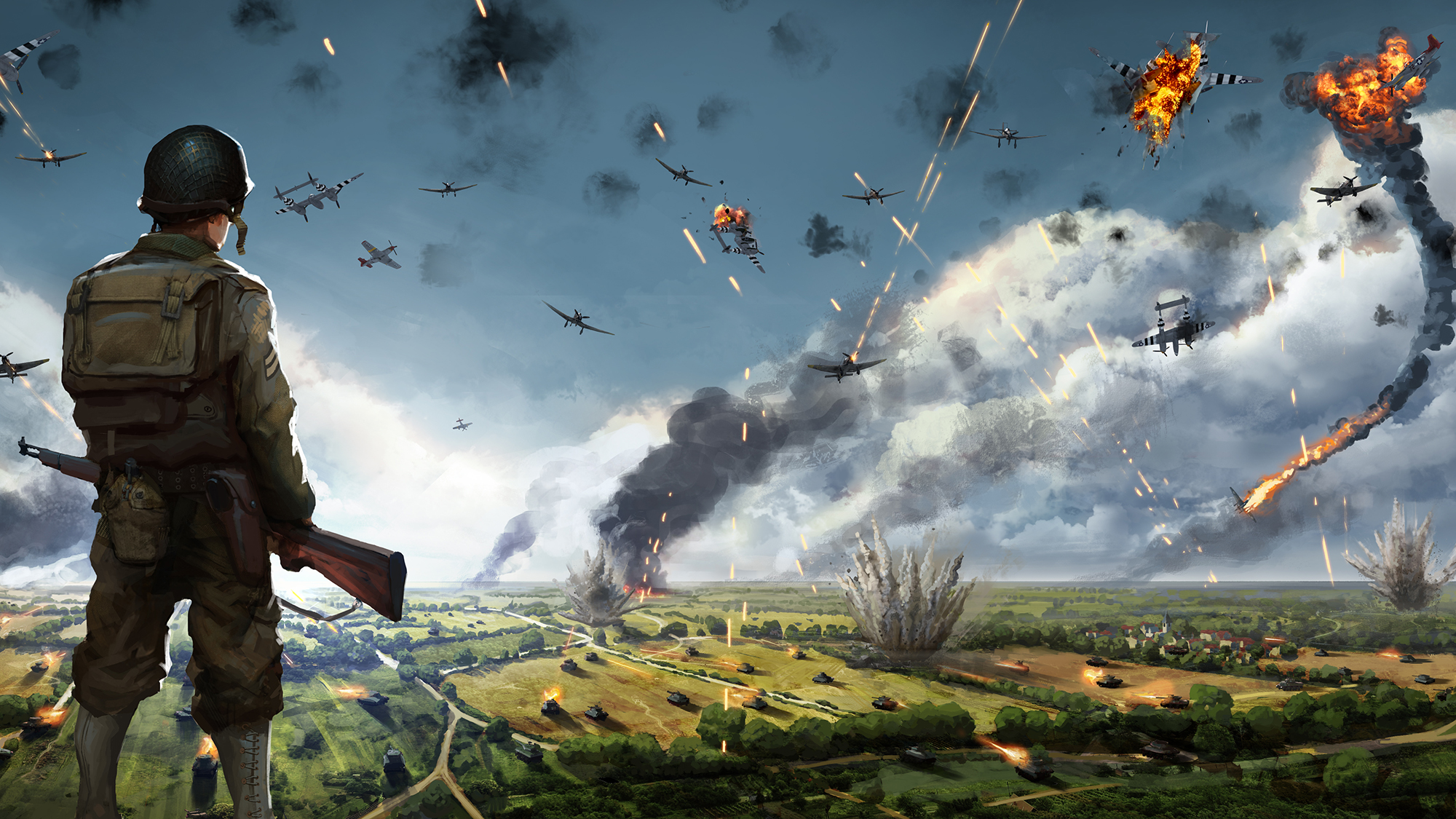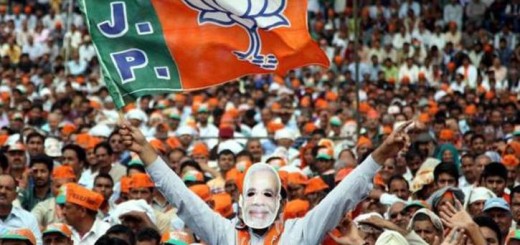WAR GAMES PEOPLE PLAY – PART I

# chhotebhai

Double agents are crucial in both war and peace. They seldom live to tell their tales. Those who do, are those who don’t tell, for a price of course.
What does a golfer in Kashmir have in common with somebody who spends his time walking his dog and looking after a castle in coastal England? Read on to unravel the mystery and see if there is a pattern in the madness that could even have a bearing on the tragic killing of 40 CRPF personnel in Pulwama, Kashmir; followed by retaliatory strikes by the IAF and the threat of a nuclear confrontation, just before the General Elections.
Before the intrusion of TVs and smart phones, families could spend quality time with their children playing indoor games. One was a jigsaw puzzle, putting scattered pieces together to complete a picture. When dealing with war games and political machinations the complete picture is seldom visible to the casual observer.
A friend of mine often recounted this anecdote. A child was given a jigsaw puzzle of a world map, and told to put the pieces together. Could that be possible for a child that had never heard of Djoubiti, Bosnia or Latvia? Yet in fifteen minutes the child had completed the puzzle. How? Like a double agent, the puzzle too was double faced. On the reverse side the puzzle had a straightforward picture of a child, so putting it together was literally child’s play. It was flipped over to reveal a clear picture of the complex world.
I will apply this principle to unravel certain puzzles (mysteries) by studying the face (the person) involved in mysterious events. This article is not intended to harm any person, but only to unravel some mysteries that created history and have a direct bearing on current affairs. As the adage goes; if we don’t learn the lessons of history we are bound to repeat those mistakes.
I do not belong to any political party and harbour no personal ambitions. What I am now writing is out of genuine concern for the future of my country and for peace and harmony in the land of the Mahatma.
One of my dramatis personae is Hashum Qureishi (64) who reportedly now lives in the Nishat area of Srinagar, Kashmir, plays golf and advocates peace between India and Pakistan. The other is Peter Bleach (68) who now spends his time looking after Scarborough Castle in England. These two disparate entities have a common thread that has impacted the destiny (history) of India, dating back to 1971 and 1995 respectively.
In 1971 Hashum was just 16 years of age when he and his cousin Ashraf hijacked an Indian Airlines flight from Srinagar and took it to Lahore on 30th January, ironically the commemoration of the Mahatma’s martyrdom. The Fokker Friendship aircraft named Ganga was piloted by Capt M.M. Kachru (possibly a Kashmiri himself) with a crew of 4 and 26 passengers.. Straightforward so far.
Except that the cousins were “armed” with a toy pistol and a decoy grenade made of wood. Pakistan feted them as heroes of Kashmiri liberation, because Hashum had earlier been trained in Pakistan and sent back to India. What Pakistan didn’t know was that the hijacker had been caught out by Indian intelligence and threatened with execution if he did not co-operate by becoming a double agent. He was then recruited by our Research & Analysis Wing (RAW) to do the hijacking. When Pakistan later discovered the truth they jailed the heroes for 9 years (they should have been executed by Pakistan for high treason, but escaped the noose).
Three months after the “hijacking” Sheikh Mujibur Rehman declared his intent of East Pakistan seeking freedom from the West. The hijacking was used by Prime Minister Indira Gandhi to stop the over flight of even civilian aircraft from West to East Pakistan. This necessitated a circuitous and expensive alternate route for forces and supplies to reach East Pakistan. Having cut the umbilical cord of air support it became relatively easy for Indira to now send the Indian troops into East Pakistan and create Bangladesh.
By the time Pakistan realized the game plan it was too late. The damage had been done. A Hindi saying is apt, “Chiriya choog gayi khet” (the bird has devoured the crop). I have always held that the creation of Bangladesh was Indira’s greatest folly. For her short term political gains the country has paid a heavy price, not just in terms of a refugee influx and a refugee tax, but more importantly, by making a permanent enemy of Pakistan that now seeks revenge through the dismemberment of Kashmir and Khalistan.
The Qureishi cousins after a relatively short prison term of 9 years were allowed to go to Europe from where a “homesick” Hashum quietly returned to Kashmir and now plays golf! Imagine a firebrand revolutionary playing golf? Obviously India and Pakistan must have swapped spies, and the Govt of India now has one more pensioner who has served his purpose and put to pasture, like a milch cow that has stopped lactating. Does the face help us to unravel the mystery and put the pieces of the jigsaw puzzle together?
Now to the second puzzle – Peter Bleach (68), a British mercenary. Why would he be supplying a planeload of lethal weaponry to a religious cult in West Bengal? That is exactly what he did on the night of 17th December 1995, when he used an Anotov AN26 aircraft to drop 77 cases of Bulgarian AK 47 assault rifles, Makarov pistols, sniper rifles, anti-tank grenades, rocket launchers, anti-personnel mines, night vision binoculars and 25,000 rounds of ammunition, weighing a massive 4 tons near Purulia.
The gullible Indian public was then told by the P.V. Narsimha Rao (PVNR) Govt that this consignment was to be delivered to the Anand Margis, a religious cult in West Bengal, to fight the communist regime there. The aircraft crew of 5 was from Latvia, a small country on the Baltic Sea in northern Europe, possibly still controlled by the Soviet Union. Why would a Russian plane, with Soviet weapons and crew, led by a British mercenary, want to supply arms to overthrow a communist State Govt in West Bengal?
Yet the Indian courts believed the Govt story, because a picture of the Anand Margis was found on the aircraft (who put it there anyway?), and sentenced Bleach and the Latvians to life imprisonment. There is more to the story. The Latvians were pardoned and released in 2000, when the BJP Govt was in power, under pressure from Vladimir Putin; and Bleach received a Presidential pardon in 2004, courtesy British Prime Minister Tony Blair.
Does this story sound similar to that of the Qureishis? Were Bleach and crew double agents or mere pawns in the bigger game? Chess is another indoor game, where the lowly pawn is sacrificed to checkmate the powerful opponent. Till today the air is still not cleared on the Purulia Arms Drop. It was certainly not intended for an innocuous religious cult. Nor could it have been to overthrow the communist Govt and impose President’s Rule in West Bengal. Another angle of the story is that the arms were meant for insurgents in Bangladesh, to create a warlike scenario, so that PVNR could romp to victory in the 1996 Lok Sabha elections. I see this as the most plausible explanation.
But there were two things that went horribly wrong. Firstly, the face. The wily PVNR was no comparison to the ruthless Indira, and therefore lacked her risk taking abilities. Secondly, somewhere along the line, the plan went awry.
Let us examine some more facts that are in the public domain. They point to a multi-national conspiracy that needed to be hushed up when it got botched up. A British mercenary, with a Latvian crew, a Russian aircraft purchased in Hong Kong, and weaponry from Bulgaria, lands in Karachi, Pakistan, is parked on the runway without attracting any attention. An Indian agent supplies the parachutes for the heavy airdrop. The aircraft then proceeds to Varanasi to wait until dark. Nobody checks the cargo. It then flies over Purulia, off its approved flight path, while radars are switched off. After delivering its lethal consignment, probably at the wrong destination, it innocuously lands in Calcutta for refuelling, before proceeding to Thailand. It gets more and more curious.
Now for the cherry on the icing. Will a murderer, after committing the crime, then return home via the crime scene? Not likely. But the AN 26 attempts to return to Europe via Indian airspace. This is where the second mistake occurs. Two MIG 21 fighters from the Bhuj airbase in Gujarat scramble, and force the aircraft to turn back and land in Mumbai. Probably somebody had not factored this in.
Now wonder of wonders, the main suspect appears and disappears. He is Kim Davy, actual name Niels Holck, a Danish national. He was the kingpin, who pieced together the aircraft, the crew, the arms etc. It was made out that he was an Anand Margi sympathizer. What happens next is amazing. He jumps over the boundary wall of the Mumbai airport and vanishes into thin air. Again we gullible Indians swallowed this outlandish story hook, line and sinker. When Holck got back to Denmark the Danish High Court did not permit his extradition to India, and the decision was not challenged.
Both Holck and Bleach claim that they were pawns in a larger game. Bleach had said that he had expected their aircraft to be blown out of the sky after it took off from Varanasi. No such thing happened. Both said that they got away with what they did because of the patronage of the PVNR Govt, the involvement of British Military Intelligence (MI 5) and the intervention of the Soviet/ Russian Govt in facilitating their return.
These then are not games that people play, but war games that Govts play; in which the people, double agents and the armed forces are but pawns. It reminds me of the words from Lord Alfred Tennyson’s famous poem, the “Charge of the Light Brigade” that says of the soldier “Theirs is not to reason why, theirs is but to do and die”. But British sailor and author Nicholas Montsarrat has a grave warning, “Young men don’t make Wars, they fight them. Old men make Wars and survive them. They are immensely brave about other peoples’ sons”. The classic instance of an old man sacrificing a younger one is the Jewish High Priest Caiphas who said of the 33 year old Jesus “It is expedient for one man to die for the people” (Jn 18:14).
Our soldiers may be unflinching and unquestioning. But it is the incumbent duty of every citizen and the media to ask the incumbent Govt about the futility of war. For every person in the firing line is somebody’s son, brother, father or husband. In the light of Pulwama we need to ask some possibly uncomfortable questions about war games.
* The writer is a social activist and political analyst.
(To be continued)

















What a beautiful narrative, Chhotebhai. History, geography, politics, diplomacy, imagery all combined in a sonorous and educative pack! Really beautiful. May it reach the largest group of readers. God bless.